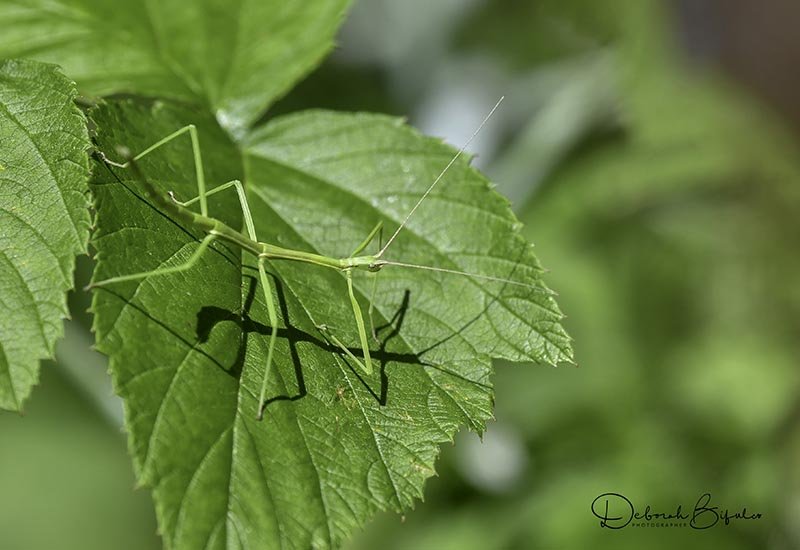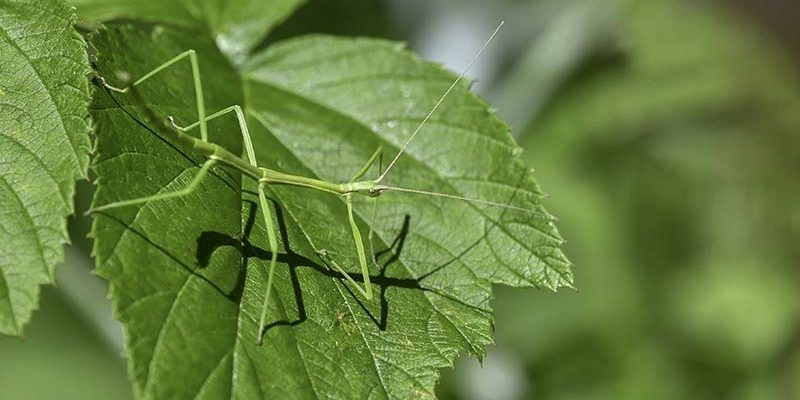
You see, stick insects have evolved some amazing defense mechanisms, primarily their remarkable camouflage. Yet, despite their clever adaptations, they aren’t invincible. Let’s dive into the various predators and threats that pose challenges to stick insects and how they manage to stay hidden while battling these dangers.
Understanding the Natural Predators
When it comes to predators, stick insects have quite a few foes in the animal kingdom. Birds, for instance, are among the most significant threats to these stealthy insects. Many birds have keen eyesight and can easily spot stick insects resting on branches or leaves. Once spotted, they don’t hesitate to swoop in for a meal.
It’s not just birds, though. Several reptiles, like lizards and frogs, also find stick insects appetizing. These creatures often rely on their speed and agility to catch their next meal. If a stick insect is lucky, it might blend in with the environment well enough to avoid detection. But let me explain how this blending game works.
Camouflage: The Stick Insect’s Best Defense
The incredible ability to blend in isn’t just a coincidence. Stick insects have evolved to mimic twigs or leaves, which provides them with natural camouflage. Their shapes, colors, and textures mimic the vegetation around them so closely that even a hungry predator might overlook them. Think about it: walking through a forest and missing a stick insect because it looks just like the branches around it.
However, their camouflage isn’t foolproof. Some predators, like certain wasps, have a knack for detecting stick insects despite their disguise. These wasps might not be looking for food but are rather hunting stick insects for laying their eggs. The wasp larvae then feast on the stick insect, leading to a more dramatic fate.
Environmental Threats to Stick Insects
Apart from predation, stick insects face numerous environmental threats that can seriously impact their populations. Habitat loss is one of the most pressing issues. As forests and trees are cleared for agriculture or urban development, stick insects lose their homes. With less vegetation around, survival becomes a real challenge for these creatures.
Moreover, climate change plays a critical role. Stick insects, like many other species, are highly sensitive to temperature changes and weather patterns. An unsuitable climate can throw off their breeding cycles or make it difficult for them to find food. For instance, if it gets too hot, the plants they rely on for camouflage and nutrition might not thrive, leaving them vulnerable.
Pollution: Another Enemy
Pollution is another factor that can threaten stick insect populations. Pesticides used in farming can be particularly harmful. These chemicals not only kill pests but can also affect non-target species like stick insects. Even if they survive the initial exposure, the disruption to their food sources can have long-term negative effects on their populations.
Besides pesticides, pollution from plastic and other waste materials disrupts habitats. Forests can become littered with debris, making it more challenging for stick insects to find safe spots to hide. This also impacts the entire ecosystem they depend on for survival.
Human Impact and Conservation Efforts
Humans have a significant impact on stick insect populations, and it’s essential to consider how we can help. Conservation efforts are crucial to maintain the delicate balance of ecosystems where these insects thrive. Organizations are working to protect natural habitats and restore areas that have been damaged.
You might wonder, what can you do? Simple actions, like supporting eco-friendly practices or participating in local conservation initiatives, can make a difference. Every little bit helps! By being mindful of our environment, we contribute to the preservation of the unique creatures that inhabit it, including our stick insect friends.
Breeding Programs and Awareness
Breeding programs are also vital in conserving stick insects. Zoos and wildlife centers sometimes keep stick insects in controlled environments to breed them and educate the public about their importance. Programs like these can boost awareness and appreciation for these wonderful creatures, helping to foster their conservation.
By educating people about the challenges stick insects face, we nurture empathy and a greater understanding of how our actions impact these animals. Honestly, every person can be an advocate for conservation just by spreading the word about the beauty and struggles of stick insects.
Stick insects are fascinating creatures that serve as a reminder of the delicate balance of nature. They may seem like simple bugs hanging out in the trees, but they face a host of challenges from predators, environmental changes, and human activities. Understanding the threats they face is the first step toward ensuring their survival.
So, next time you see a stick insect, remember the battle they fight daily against predators and other dangers. Let’s work together to protect these remarkable insects and the habitats they call home. After all, every creature plays a role in the grand tapestry of life, and stick insects are no exception.

